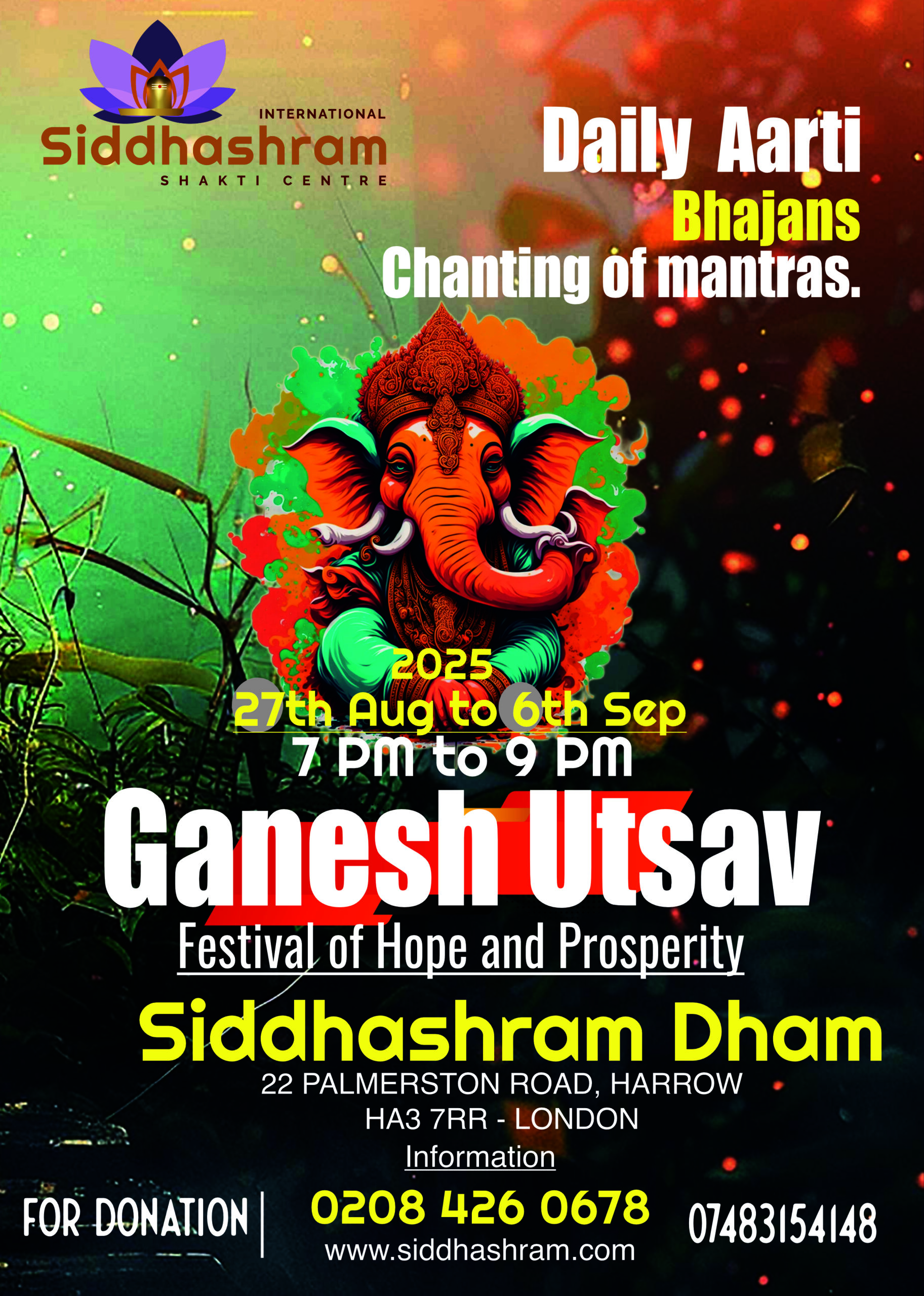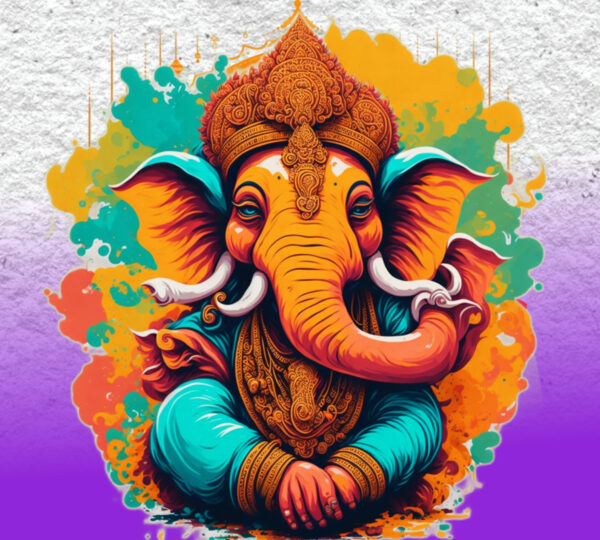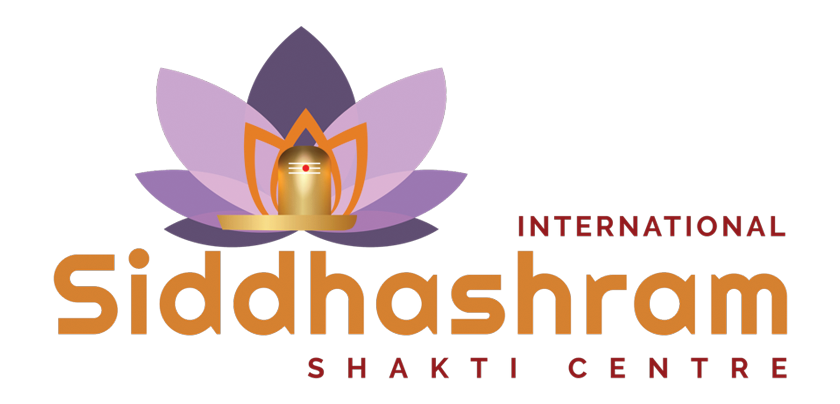- This event has passed.
Ganesh Utsav at Siddhashram – London

The festivities commence with the establishment of Ganesha idols, typically crafted from clay and adorned with flowers and lights, in private residences and temporary public venues known as pandals. Priests perform the Prana Pratishta ceremony, during which mantras are chanted to invite Ganesha’s presence into the clay idol. Following this, formal prayers are offered in a 16-step worship ritual called Shodashopachara.
Throughout the celebration, prasad, or food blessed by Ganesha, is shared within the community. Devotees also contemplate the various aspects of Ganesha’s form, which represent profound spiritual truths, while many choose to observe fasts.
On the final day of the festival, the Uttarpuja ritual is conducted to bid farewell to Ganesha. Subsequently, he is carried in a public procession accompanied by kirtan (devotional music) to a nearby water body where he is immersed. This rite, known as Ganpati Visarjan, signifies his return to Mount Kailash, the mythical abode of Shiva and Parvati in the Himalayas.
Although the precise origins of Ganesha Chaturthi remain unknown, some historians suggest that the festival gained prominence as a public celebration in the 1600s when Indian king Shivaji Bhosale I first endorsed it.
Later, in the 19th century, freedom fighter Bal Gangadhar Tilak revitalized the festival as a symbol of India’s independence movement. In 1892, Pune and Mumbai were filled with devotees, despite the British prohibitions against large gatherings. The 10-day festival was celebrated with fervent patriotism, driven by a shared devotion and love for Ganesha.


